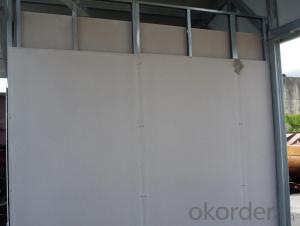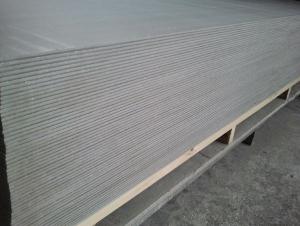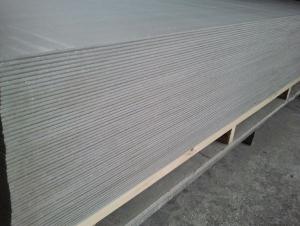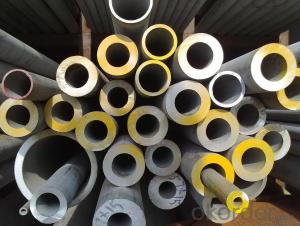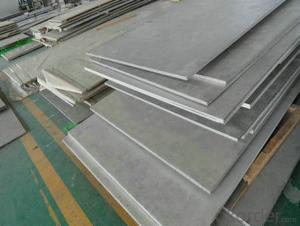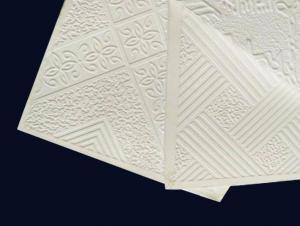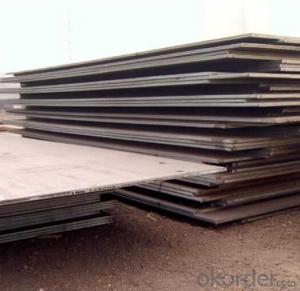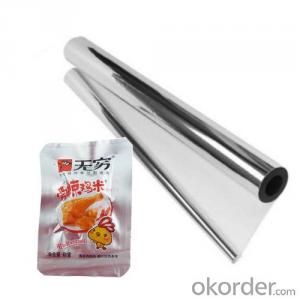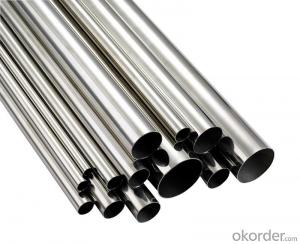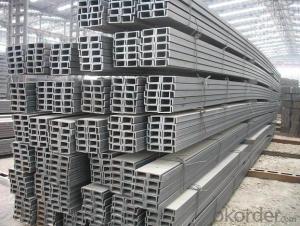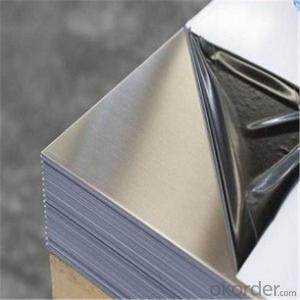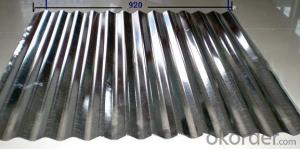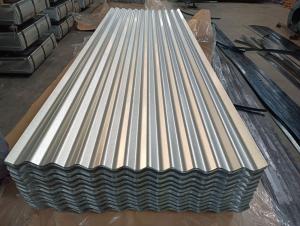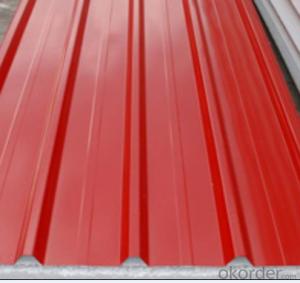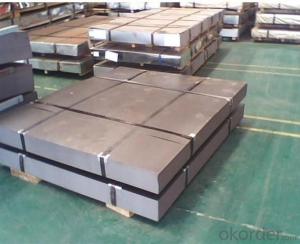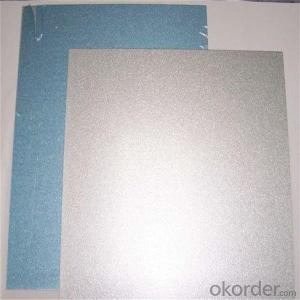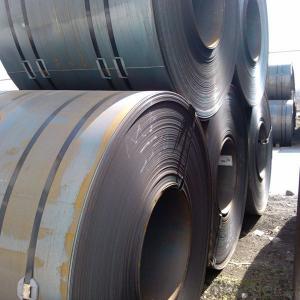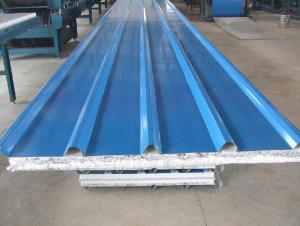Density Of 316 Stainless Steel
Density Of 316 Stainless Steel Related Searches
Best Stainless Steel For Knives Primer For Galvanized Steel H S Code For Stainless Steel Wd 40 For Stainless Steel Spray Paint For Stainless Steel Glue For Stainless Steel Drill Bits For Stainless Steel Spray For Stainless Steel Welder For Stainless Steel Diamond Grinding Wheels For SteelHot Searches
Price For Stainless Steel Scrap Scrap Price For Stainless Steel Price For Stainless Steel Cheap High Tea Sets For Sale High Density Fiberboard For Sale Price Of Shipping Containers For Sale Stock Price For Aluminum Air Pump For Aquarium Price Used Foam Board Insulation For Sale Magnesium Oxide Board For Sale Hdf Board For Sale sintra board for sale Solar With Inverter Price Pedestal Fan With Water Spray Price Price Of Scrap Stainless Steel Price Of Stainless Steel Scrap Price Of Stainless Steel High Mast Light Price List Solar High Mast Light Specification Steel Mesh Panels For SaleDensity Of 316 Stainless Steel Supplier & Manufacturer from China
Okorder.com is a professional Density Of 316 Stainless Steel supplier & manufacturer, offers integrated one-stop services including real-time quoting and online cargo tracking. We are funded by CNBM Group, a Fortune 500 enterprise and the largest Density Of 316 Stainless Steel firm in China.Hot Products
FAQ
- Yes, steel sheets can be bent or folded to a certain extent depending on their thickness and tensile strength.
- Some of the different profile options available for steel sheets include corrugated, ribbed, standing seam, trapezoidal, and flat profiles. These profiles are designed to offer various benefits such as enhanced strength, improved water drainage, and aesthetic appeal for different applications in construction and roofing.
- Yes, steel sheets are generally easy to maintain. They are durable and resistant to corrosion, which means they require minimal upkeep. Regular cleaning with mild detergent and water is usually sufficient to keep them looking clean and polished. Additionally, steel sheets do not require painting or staining, further reducing maintenance requirements. In cases where there are scratches or minor damages, they can be easily repaired or buffed out. Overall, steel sheets are a low-maintenance option for various applications.
- There are several surface treatments available for galvanized steel sheets, including chromate conversion coating, painting, powder coating, and zinc phosphate coating. These treatments are used to enhance the corrosion resistance, improve the aesthetic appearance, and provide additional protection to the steel surface.
- Steel sheets have high thermal conductivity, which means they can efficiently transfer heat. This property allows steel sheets to quickly and evenly distribute heat across their surface, making them suitable for various applications such as heat transfer systems, cookware, and building materials.
- The main difference between hot-rolled and cold-rolled steel sheets lies in their production process. Hot-rolled steel sheets are made by heating the steel above its recrystallization temperature and then rolling it into its final shape, resulting in a rougher surface texture. On the other hand, cold-rolled steel sheets are processed at room temperature, which allows for tighter control over the dimensions and a smoother surface finish. Cold-rolled steel sheets also tend to have higher strength and better formability compared to hot-rolled sheets.
- Yes, steel sheets can be perforated or embossed. Perforation involves creating holes in the steel sheet, while embossing involves creating raised or recessed designs on the surface. Both processes can be applied to steel sheets to achieve specific aesthetic or functional requirements.
- No, steel sheets should not be used for food processing or storage. While steel is a durable and commonly used material in many industries, including food processing, it is not suitable for direct contact with food. Steel sheets may contain various chemicals, such as zinc coating or other metallic coatings, which can potentially contaminate the food and pose health risks. Additionally, steel sheets are prone to rusting, and the presence of rust can also contaminate the food. Therefore, it is recommended to use food-grade materials such as stainless steel or food-grade plastic for food processing and storage to ensure the safety and quality of the food.
